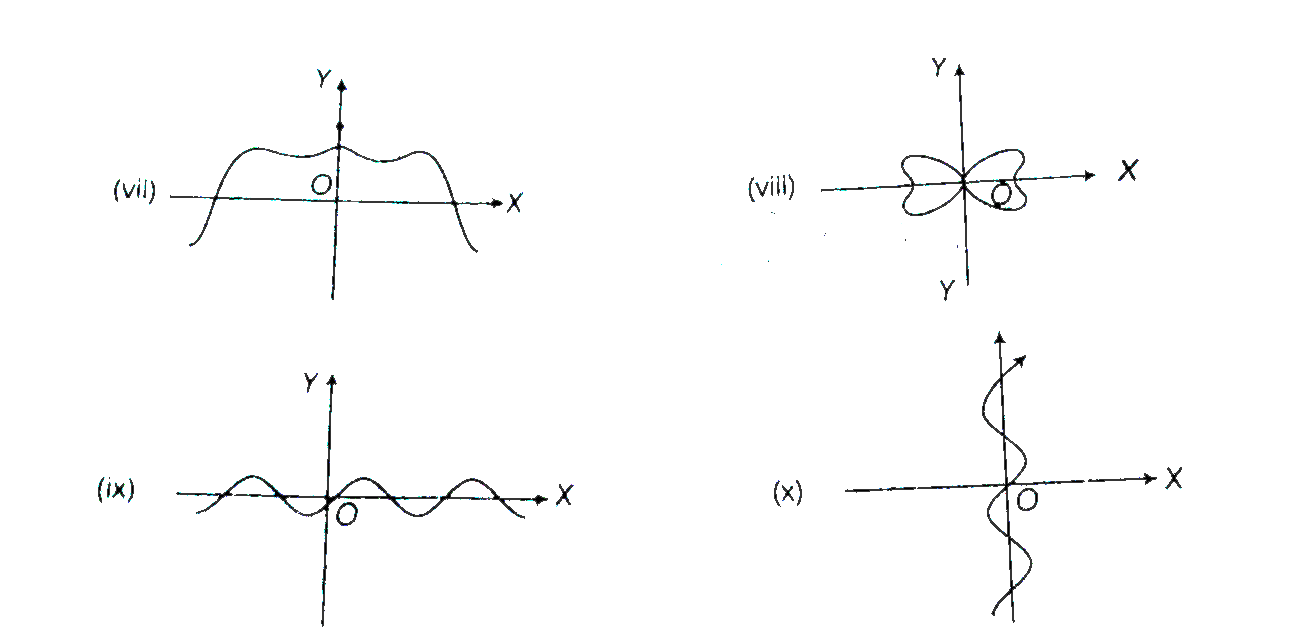Show f:R→R defined by f(x)=x2+x for all x∈R is many-one.Solution in Punjabi
Step by step video & image solution for Show f:R rarr R " defined by " f(x)=x^(2)+x " for all " x in R is many-one. by Maths experts to help you in doubts & scoring excellent marks in Class 12 exams.
Updated on:21/07/2023Topper's Solved these Questions
- FUNCTIONSBOOK - ARIHANT MATHSCHAPTER - FUNCTIONSEXERCISE - Exercise For Session 1
5 Videos
- FUNCTIONSBOOK - ARIHANT MATHSCHAPTER - FUNCTIONSEXERCISE - Exercise For Session 2
6 Videos
- ESSENTIAL MATHEMATICAL TOOLS BOOK - ARIHANT MATHSCHAPTER - ESSENTIAL MATHEMATICAL TOOLS EXERCISE - Exercise (Single Integer Answer Type Questions)
3 Videos
- GRAPHICAL TRANSFORMATIONSBOOK - ARIHANT MATHSCHAPTER - GRAPHICAL TRANSFORMATIONSEXERCISE - Exercise (Questions Asked In Previous 13 Years Exam)
10 Videos
Similar Questions
Which of the following graphs are graphs of a function?


View SolutionThe domain of the function
f(x)=√x2−5x+6+√2x+8−x2 , is
View SolutionThe number of solutions of the equation |x−1|−|2x−5|=2x
View SolutionFind the number of solutions of the equation x21−|x−2|=1, graphically.
View SolutionShow that the function f:R→R, defined as f(x)=x2, is neither one-one nor onto.
View SolutionLet f:R→R and g:R→R be defined by f(x)=x2 and g(x)=x+1. Show that fog≠gof.
View SolutionShow that the function f:R→R defined by f(x)=3x3+5 for all x∈R is a bijection.
View SolutionLet f:R→R be the function defined by f(x)=4x−3 for all x∈R. Then write f−1.
View SolutionShow that f:R→R defined by f(x)=(x−1)(x−2)(x−3) is surjective but not injective.
View SolutionLet f:R→R be a twice differentiable function such that f(x+π)=f(x) and fx+f(x)≥0 for all x∈R. Show that f(x)≥0 for all x∈R.
View SolutionLet f:R rarr R be defined by f(x)=x^(2)-3x+4 for the x in R then f^(-1)(2) is
View Solutionf:R→R defined by f(x)=x2+5
View SolutionShow that the function f:R→R defined by f(x)=3x3+5 for all x∈R is a bijection.
View SolutionShow that f:R→R , defined as f(x)=x3 , is a bijection.
View SolutionIf f:R rarr R be defined as f(x)=x+sin x+7, then check whether f(x) is one-one or many one
View SolutionShow f:R→R defined by f(x)=x2+x for all x∈R is many-one.
View Solution
